
8 minute read
CASE STUDY On the right track
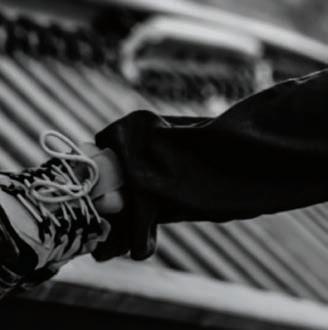
RIGHT ON THE 3 0 MINS

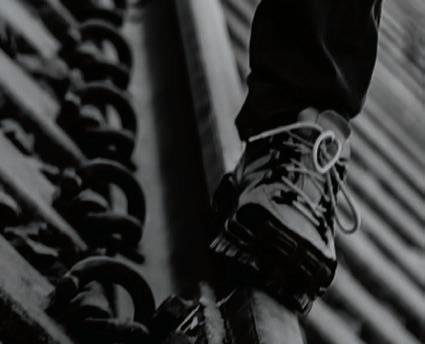

What are the dangers for under-18s of trespassing on the railway? And how did the You vs Train campaign help to raise public awareness and reduce fatalities?
WORDS CARINA BAILEY
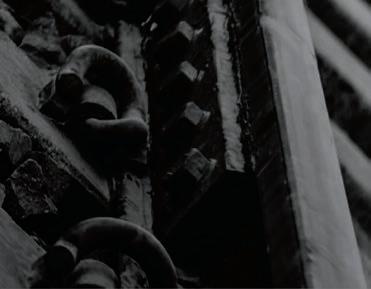
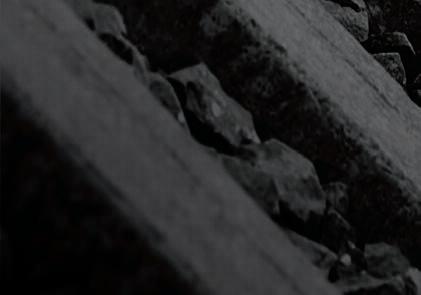

T
Few people truly understand the terrifying power of the electricity used on the railways or the dangers it poses to the unwary. Neither did 16-year-old Tom Hubbard, until one warm summer’s day in June 2014, when he trespassed onto railway land and was maimed for life by 25,000 volts of electricity.
Tom was playing football beside a railway line with friends when an overenthusiastic kick sent the ball sailing over the chainlink fence. Unaware of the danger, he scaled it and, while walking on top of a stationary train, RACK
PHOTOGRAPHY: ALAMY
suffered life-changing injuries when a shock from a nearby overhead cable arced through the air and hit him – he didn’t even have to touch it. His story is told in a powerful short fi lm created for You vs Train, a Network Rail public awareness campaign that won the 2019 IOSH International Railway Group Award for Improvement within Health and Safety.
Incidents like the one that harmed Tom had been increasing for about fi ve years before the campaign was launched. That’s why, when British Transport Police wrote to industry leaders about the problem, Network Rail listened and worked with partners to create You vs Train (youvstrain.co.uk).
The project
Last year, the UK rail network recorded 13,500 trespass incidents. The exact reason for each incident isn’t always known, but can range from using the railway as a shortcut, fare evasion and criminal intent, to mental health issues or simply being lost.
No matter the reason, Steve Longden, senior programme manager at Network Rail, describes all incidents as dangerous with potentially tragic consequences.
‘Trespassers are not thinking about the great risk they are undertaking and the consequences of their actions,’ says Steve. ‘They are not thinking about their safety and the impact that any incident could have on their lives and their friends and their family.’ While there is no average age for trespassing, Steve cites research that shows nearly 30% of trespass incidents involve under-18s, with many involving more than one person and the vast majority being male. Trespass causes enormous disruption to the railway. On average, more than 440 trains a day are delayed by trespass incidents. Steve says: ‘Trespass affects the whole rail industry, impacting safety, performance and reputation. There were 22 trespass-related deaths in 2018-19 compared with 35 the previous year. Although the death toll has fallen, the number of incidents is still increasing.’
Congestion on the network means that reactionary delays caused by trespass soon affect many passenger journeys. ‘It’s not a victimless crime,’ says Steve.
On average, 20 to 30 people are killed each year after being struck by a train or electrocuted. Those who survive often suffer lifechanging injuries.
Trespass increases substantially when the clocks go forward, with around 60% of all incidents recorded in spring and summer between 4pm and 7pm, and at weekends.
FAST FACTS
According to Network Rail, on average each year, trespass in the UK causes:
30 fatalities
700 , 000 minutes delay
440 train delays each day 13 , 5 incidents
DO NO HARM
Everyone Home Safe Every Day
Allan Spence, head of corporate passenger and public safety at Network Rail, explains the company’s vision.
At the heart of Network Rail’s Everyone Home Safe Every Day strategy is the mindset of not harming anyone – whether a worker, passenger or member of the public. Since the development of the strategy in 2012 we now – to put it simply – harm far fewer people than ever before. This vision where we don’t harm people at all raised the bar. Rather than argue why we can’t or shouldn’t implement a particular safety improvement, the focus shifted into working out how we can make any aspect safer.
You vs Train is a practical example of applying our strategy – to discourage ill-informed or casual trespass. It’s no use us preaching from a position of authority; analysing the various at-risk groups led us to recognise that teenagers, particularly males, listen to their peers. They don’t fear death as much as disablement, and they really want to avoid hurting female members of their families. We refl ect that in our communications campaigns. So far, we are really pleased with its results. By keeping our focus on everyone getting home safely every day, continuing our progress in reducing accidents and progressively improving safety culture, we will enable further progress, keeping Britain’s safety record the envy of railways across the globe.
Objectives When You vs Train – which targets 11- to 18-year-olds – was being planned, Steve and his team knew three things were typically true of young trespassers: The railway isn’t seen as a dangerous environment Peer pressure drives risky behaviour Emotion trumps logic. You vs Train campaign launched in July 2018, as part of cross-industry initiative the Trespass Improvement Programme. You vs Train has two main priorities: to communicate the hidden dangers inherent in the modern railway network, and the consequences to both the individual and their friends and family if they were to step on the track.
The videos produced are very powerful and emotive, concentrating on the human stories rather than horrifi c consequences. ‘We needed the campaign to be frank and honest, while also being mindful of the audience that we were targeting,’ says Steve. ‘A graphic representation may have worked for the older part of our target audience, but it wouldn’t have been appropriate for the younger end (11-year-olds).’
The programme launched with a
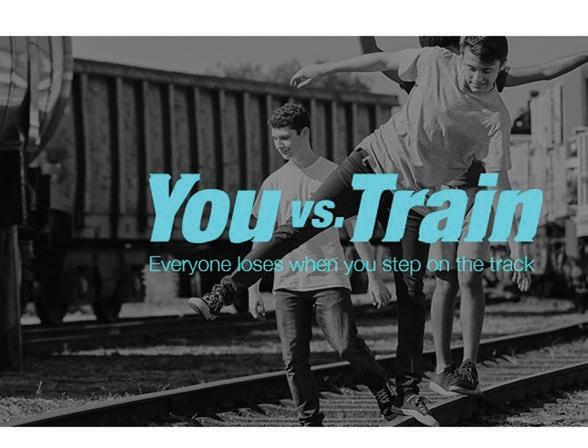
one-minute video based on Tom’s story. Steve says it was well received from the beginning and quickly gained high-profi le support on social media.
In 2019, the plan was for it to be even larger and more local.
An evaluation of the project’s fi rst phase led to the inclusion of Dan’s story, a fi ctional account based on many similar, real-life injuries involving the railway’s third rail. New case studies showing reallife incidents and their aftermath, and a video portraying the effects that Tom and his family faced years after the incident were also produced, along with a regional toolkit for partners on the You vs Train resources website (youvstrain.co.uk/resources).
Execution In 2018, the campaign focused on 27 hotspots for four months, a hotspot being any area where more than 12 incidents were recorded in 12 months. In 2019, this was extended to 51 hotspots throughout the year. The campaign worked with Learn Live as their educational partners, English Football League Trust clubs and StreetGames’ local trusted organisations to engage
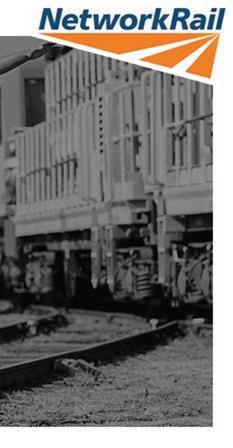
with local communities and spread the rail safety message using face-toface briefi ngs, social media such as Instagram, YouTube, Facebook and Twitter, and local media.
Results The campaign had a reach of 225 million by the end of summer 2019. In addition, campaign partner Learn Live briefed more than two million people at more
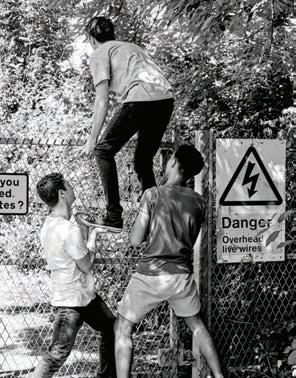
than 3500 schools using an online interactive system.
Nationally, the trend for the number of incidents is still increasing, but by a much smaller percentage than previously, while the targeted hotspot areas have seen signifi cant reductions – by 25% for the number of overall incidents, 33% for under-18s’ trespass, and 14% for train delays.
‘The number of fatalities is also signifi cantly less since July 2018,’ adds Steve. ‘We had one under-18 fatality in 2018-19 compared to six the previous year. [In 2019-20] after nine months, we have had fi ve fatalities, of which one is under 18 years old.’
A full testing report was carried out by Kantar on the 2018-19 campaign, which showed that more than twothirds of parents were motivated by the fi lm and likely to act. After seeing the campaign, 92% of children and 95% of adults surveyed said they were motivated to take some positive action to improve rail safety, while 61% of adults said they will warn their children about the dangers around the track.
However, the reductions seen since the campaign began can’t all be attributed to You vs Train. Steve says Network Rail is also undertaking physical works and other measures to reduce trespass, while British Transport Police are conducting extra patrols. So what does the future hold? The programme is now entering its third year. Steve says: ‘Our plan is to continue with the under-18s campaign, but also look to address the over-18s problem.’ The team is looking to share the message across the entire rail industry, as well as talk with other countries’ railways, such as ProRail in Holland. The next stage of the campaign will launch on 23 March. ‘We want all the rail industry to get behind us to ensure the message gets out. Only by all of us working together will we succeed.’
DANGER AHEAD
WHAT DO YOUNG PEOPLE KNOW ABOUT RAIL SAFETY?
Network Rail and British Transport Police surveyed young people and found that:
37% of youths consider the railway to be extremely dangerous
18% believe there is no risk of being electrocuted unless they touch the main rail track or overhead power cable
17% consider that retrieving a dropped/lost item, such as a phone or football, from the railway track is relatively safe as long as they leave again at once
17.7% think it’s safe to walk on the railway line as long as they are careful
JUDGES’ COMMENTS: WHY NETWORK RAIL WON
‘The project’s diverse approach captured the attention of a vast audience in a sustained way with the focus on prevention of the fatalities on the railway infrastructure.’









